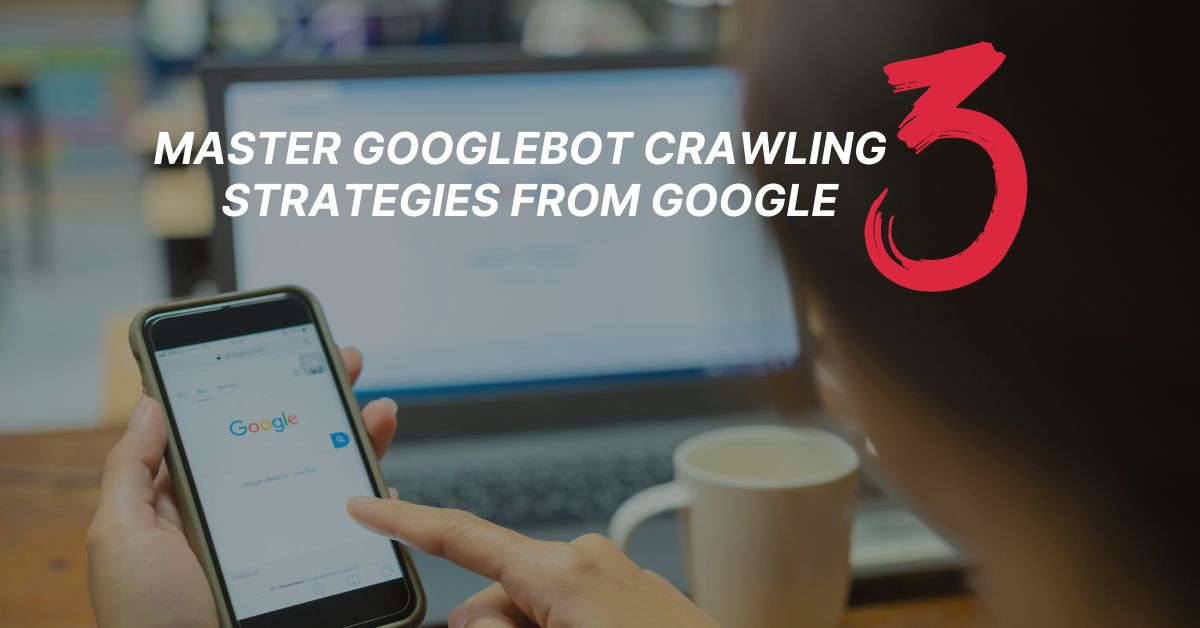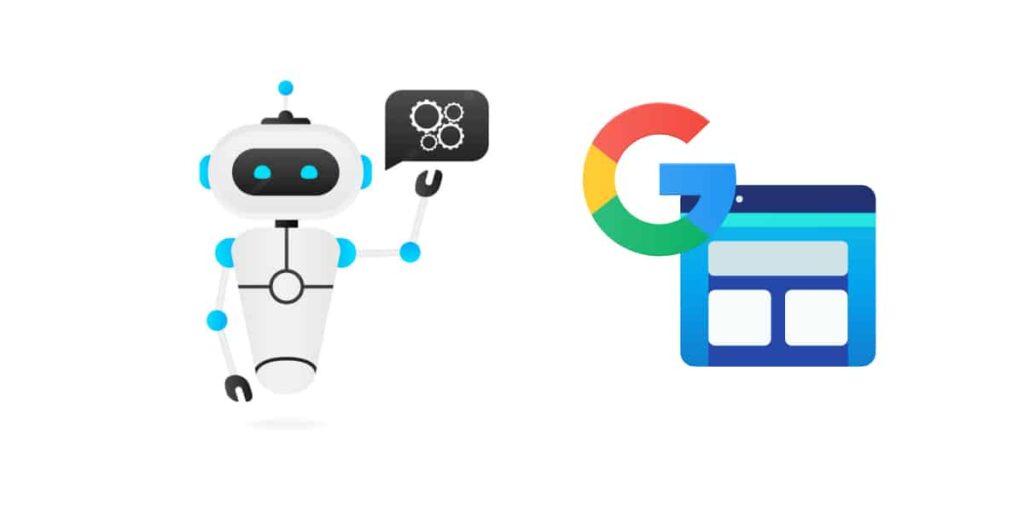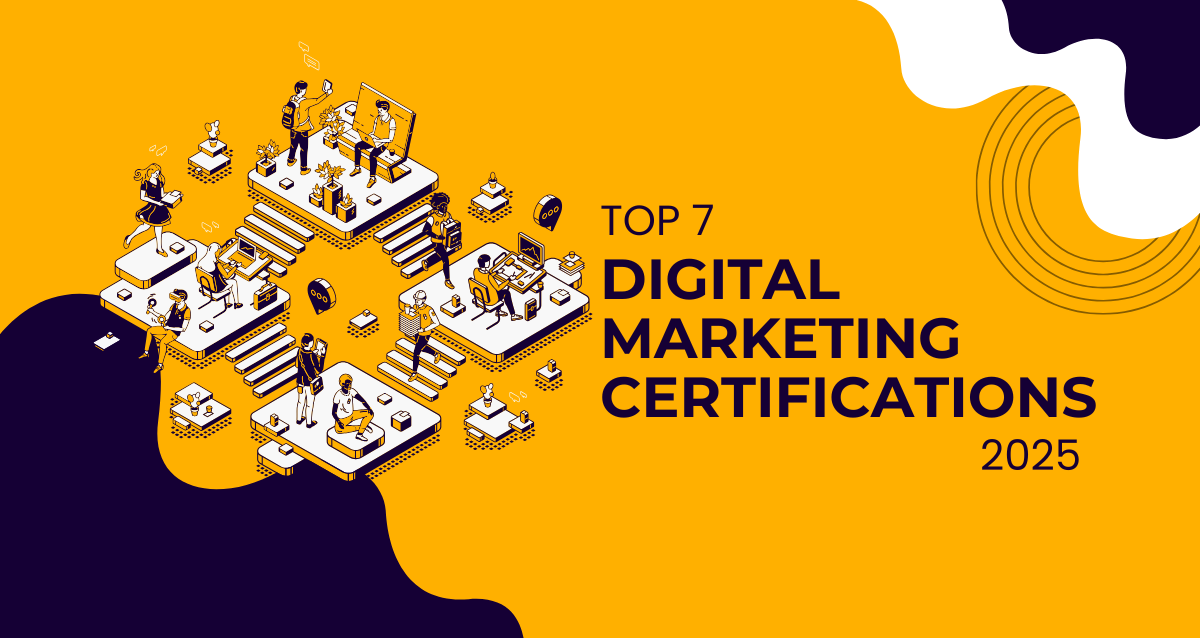
 16-Aug-2024
16-Aug-2024
A crawl budget is defined as the quantity of resources Google allocates to scan and index a website within a specific period. Directing Googlebot towards your most significant content ensures every crawl counts and improves your website’s presence in search outcomes.
Googlebot crawling plays a crucial role in ensuring that your website is indexed and ranked properly by Google. Understanding how Googlebot crawls your site is crucial. Implementing strategies to improve this process can significantly impact your website’s visibility in search results. In a recent announcement, Google revealed three key strategies to increase Googlebot crawling.
Let’s dive into these strategies and explore how you can master Googlebot crawling for your website.

Optimizing your site’s crawl budget is pivotal for enhancing Googlebot’s ability to index your web pages efficiently. A crawl budget is the quantity of resources Google allocates to scan and index a website within a specific period. Efficient use of this budget is crucial for optimizing your site’s visibility. By directing Googlebot towards your most significant content, you ensure that every crawl is effective. This strategy enhances your website’s presence in search outcomes
Initiating this process involves a meticulous examination of your website to identify and eliminate redundant or inferior content. Duplication of content not only dilutes your site’s quality in the eyes of Googlebot but also wastes valuable crawl budget on pages that don’t contribute to your site’s overall value. Equally, pages that offer minimal content or are of low quality should be pruned to direct Googlebot’s attention to more substantive material.
A well-organised website structure is another cornerstone of crawl budget optimisation. A coherent and logical site architecture, underscored by effective internal linking, ensures that Googlebot can navigate and index priority content with ease. This strategic internal linking acts like signposts, guiding Googlebot to discover and prioritise your key pages efficiently.
Monitoring your crawl budget through Google Search Console is a critical ongoing activity. This tool provides insights into how Googlebot interacts with your site, highlighting areas where crawl efficiency can be enhanced. It’s a proactive measure to identify and resolve any obstacles that could impede Googlebot’s access to your content.
Addressing technical SEO aspects also plays a crucial role. Ensuring that your robots.txt file is correctly configured to allow Googlebot to crawl important pages while excluding those of lesser value is fundamental. Additionally, implementing redirects judiciously can prevent Googlebot from wasting crawl budget on pages that no longer exist or have moved.
In essence, refining your crawl budget efficiency is about making every interaction Googlebot has with your site as productive as possible. It involves a combination of eliminating content of little value, structuring your site logically, and using tools like Google Search Console to keep a close eye on how your site is crawled. Through these efforts, you can signal to Googlebot that your site is worthy of more frequent and deeper crawls, setting the stage for enhanced search visibility.
Boosting your server’s capability to swiftly and efficiently handle requests from Googlebot is fundamental to optimising your site’s crawling and indexing speed. A lagging server not only hampers Googlebot’s efficiency but can also significantly delay the indexing of your site’s content, negatively affecting its search performance. To mitigate these challenges, there are several practical measures you can undertake to bolster server performance.
Implementing effective caching strategies is a crucial step towards reducing the load on your server. By storing copies of frequently accessed web pages or assets, your server can deliver these files to Googlebot without having to generate them from scratch each time, thus speeding up response times considerably. This approach not only benefits Googlebot’s crawling process but also enhances the user experience for visitors to your site.
Another vital aspect is the optimisation of website assets, including images, videos, and scripts. Large or unoptimised files can significantly slow down your site, leading to longer loading times for Googlebot and potentially impacting your site’s crawl rate. Employing techniques such as image compression, minifying CSS and JavaScript files, and utilising asynchronous loading can make a notable difference in loading times, facilitating a more efficient crawling process.
Regular monitoring and analysis of your server’s performance are imperative to identify and rectify any bottlenecks that may arise. Tools such as Google’s PageSpeed Insights provide valuable insights into how your server’s performance impacts your site’s loading speed, offering actionable recommendations for improvement. Proactively addressing issues such as slow response times or server downtime is essential to maintaining an optimal environment for Googlebot’s crawling activities.
Furthermore, evaluating your hosting solution’s adequacy is key to ensuring that your server can withstand the demands of both Googlebot and your site visitors. As your site grows, upgrading to a more robust hosting plan or considering a dedicated server might be necessary to maintain and improve performance levels. Such upgrades ensure that your server remains capable of delivering content quickly and reliably, even during peak traffic periods or when facing increased crawling activity from Googlebot.
By focusing on these strategies to elevate server performance, you create a conducive environment for Googlebot to operate more effectively, thus supporting faster and more comprehensive indexing of your site. This proactive approach to server optimisation is instrumental in securing and enhancing your site’s presence and performance in Google’s search results.
Implementing structured data is a strategic approach advised by Google to amplify Googlebot’s crawling efficacy. This tactic involves employing a specific format, such as Schema.org, to provide detailed information about the content of your website in a way that is easily understood by search engines. Structured data acts as a clear signal to Googlebot, enabling it to grasp the context and nuances of your site’s content with greater accuracy.
The application of structured data goes beyond mere facilitation of the crawling process. It aids Googlebot in recognising the various elements of your web pages, such as articles, products, reviews, and events. This precision not only streamlines the indexing process but also significantly bolsters the quality of your site’s representation in search results. For instance, if you run an e-commerce site, incorporating product schema can lead to richer snippets in search results, showcasing price, availability, and review ratings directly beneath the page link.
Structured data’s impact is also seen in how it can transform your content into more engaging, interactive results. Features such as FAQ sections, how-to guides, and event schedules can be highlighted in search results, making your listings stand out and potentially increasing click-through rates. This form of data is instrumental in communicating the essence and purpose of your content to Google in a language it understands best, which is vital for competitive search rankings.
The integration of structured data requires meticulous attention to detail to ensure it is implemented correctly. Tools provided by Google, such as the Structured Data Testing Tool, offer a means to validate your structured data and diagnose any issues before they affect your site’s performance in search results. Regular audits of your structured data are advisable to keep abreast of changes in Google’s guidelines and to capitalize on new opportunities to enhance your site’s visibility.
In essence, structured data is not just about improving Googlebot’s understanding of your site but also about enriching the search experience for users. By effectively leveraging this powerful tool, you position your site to achieve greater visibility, engagement, and, ultimately, success in Google’s search ecosystem.
Securing a favorable position within Google’s search rankings demands a deep understanding and strategic implementation of techniques aimed at enhancing Googlebot’s interactions with your website. The insights shared by Google on maximizing the efficiency of Googlebot crawling present a solid foundation upon which webmasters and SEO professionals can build to ensure their sites are not just discovered but thoroughly indexed and appropriately ranked.
The journey to optimise Googlebot crawling encompasses a trilogy of pivotal strategies that, when employed collectively, forge a pathway towards improved search visibility and website performance. It begins with the critical analysis and refinement of your site’s crawl budget, ensuring that every scan by Googlebot is an opportunity to showcase your most valuable content. This is complemented by efforts to boost server responsiveness, a factor that directly influences Googlebot’s ability to access and index your site swiftly. The trilogy is completed with the strategic integration of structured data, a move that enhances Googlebot’s comprehension of your site’s content and its relevance to user queries.
Embracing these strategies is not a one-time task but a continuous commitment to aligning with Google’s evolving algorithms and best practices. It necessitates regular monitoring, updating, and optimisation to maintain an edge in the highly competitive digital landscape. Tools provided by Google, such as Google Search Console and PageSpeed Insights, alongside adherence to structured data guidelines, are invaluable resources in this ongoing endeavour.
The digital arena is dynamic, with search algorithms and user behaviours constantly evolving. Staying abreast of these changes and adapting your SEO strategies accordingly is paramount. By investing in these areas – crawl budget management, server performance optimisation, and the adept use of structured data – you not only facilitate more efficient crawling by Googlebot but also enhance the user experience, a factor that Google increasingly prioritises in its ranking algorithms.
In summary, mastering the art of Googlebot crawling is an essential step towards securing your website’s prominence and success in search results. It is a multifaceted process that demands diligence, strategic planning, and a proactive approach to SEO. By heeding Google’s advice and focusing on these key areas, you stand to significantly elevate your site’s visibility and performance, paving the way for greater engagement and conversions.


19-Sep-2025


9-Sep-2025


14-Aug-2025